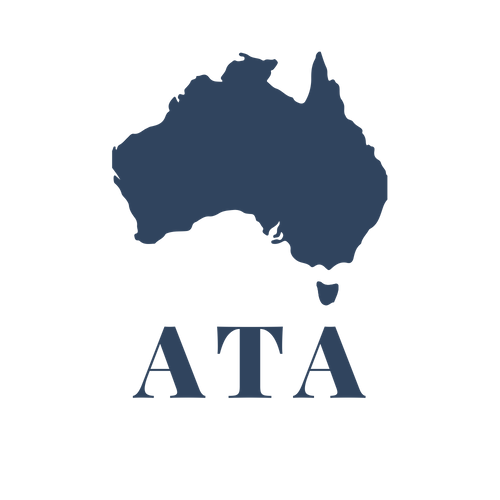100k Aussie jobs crushed: Low-skilled job seekers pay price of wage hike
Labour market reform has been on the perennial back burner of Australian politics since the turn of the 21st century. Just like that old friend who insists you must catch up for coffee but invariably flakes, politicians have been hesitant to tackle the beast that has been brandished by many as electoral kryptonite.
What we’re left with is a befuddled hotchpotch of contradictions and poor policy, few examples of which are greater than the minimum wage. For years we’ve been told that the driver of upward economic mobility and the antidote to sticky wages is a higher minimum wage. But, above all else, the greatest method in which to provide for yourself and a family is having a job. When we consider the impact high price floors have on demand, we can see a too-high minimum wage comes at the cost of jobs.
An often overlooked factor of the labour market reform conundrum is the minimum wage elasticity of labour demand. Put simply, this figure analyses the minimum price employers are willing—or even able—to pay an employee in any domestic labour market. A price elasticity of 0 demonstrates that when you change the price people don’t change their behaviour. Of course we know this couldn’t possibly be realistic and even the most economically illiterate person could establish that a minimum wage of $100 would have some tangible impact on employment outcomes.
Most economists estimate the minimum wage elasticity of labour demand to fall somewhere in the vicinity of -0.1 and -0.3, with the latter implying that a 10% increase in the minimum wage would promptly result in a 3% loss in jobs that would’ve otherwise existed. Australian Labor Party MP and former Australian National University economics professor Andrew Leigh is behind the most widely accepted figure outlining minimum wage elasticity of labour demand. According to his estimate, the elasticity sits at -0.29 across the Australian labour market. Now what kind of impact does this number have? For every percentage increase in the minimum wage, we can expect to see a -0.29% decrease in jobs that would’ve otherwise been created in the economy.
On 1 July this year, the Australian federal minimum wage increased from $19.84 to $20.33 an hour and this increase of about 2.5% follows a steady trend of increases that have outpaced the Consumer Price Index since the Global Financial Crisis.
The consequences are drastic: 94,230 jobs that would have been created no longer exist. And it is low skilled workers who cop the brunt. When you then consider that this has been occurring each and every year, almost free from scrutiny, you soon realise that the federal minimum wage is a serial job destroyer.
Minimum wage increases feel good. To the average voter, they’re appealing and are seen as a way to hold big business accountable to the working class. But the question we must ask ourselves is whether a slightly worse paying job is better than no job at all, which is the economic reality of the situation whether we like it or not.
The stove on the back burner is simmering and it’s time we gave it the proper attention it deserves. Young Australians will continue to suffer under the current approach, which is both shallow-minded and near-sighted.

